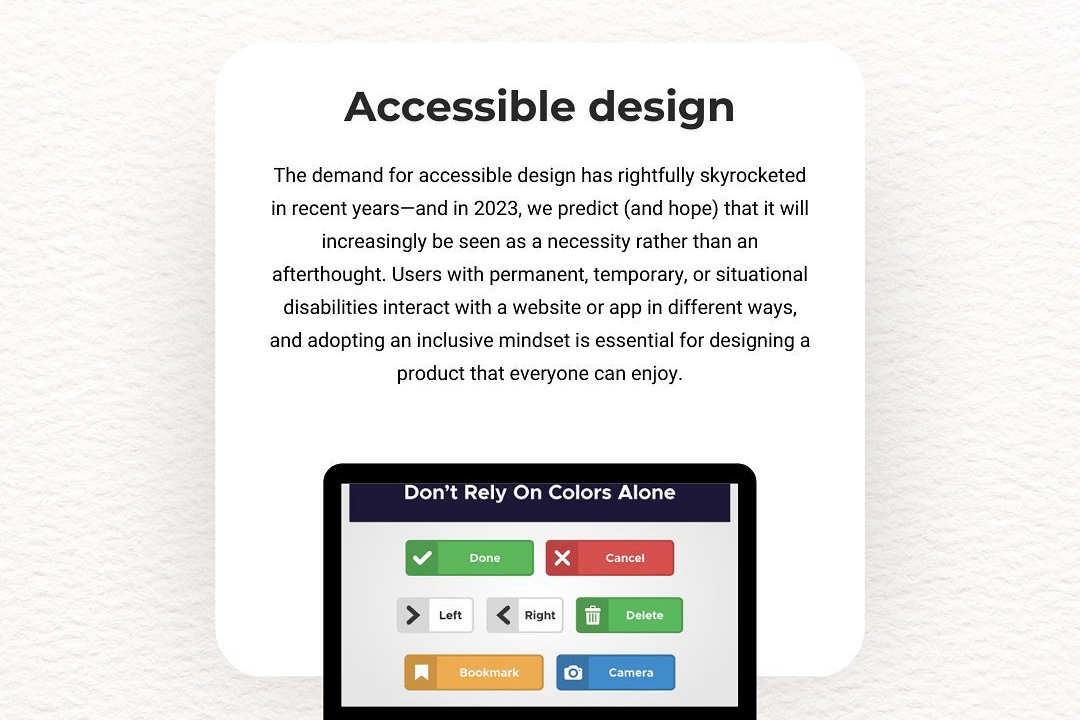SwiftUI Lifecycle Management
Optimizing Lifecycle Management in SwiftUI
SwiftUI Lifecycle Management
SwiftUI lifecycle management revolves around the use of the SwiftUI app protocol and its lifecycle methods to manage the states and transitions of a SwiftUI application. Instead of relying on the traditional UIKit app delegate, SwiftUI applications use the `@main` attribute with a struct conforming to the `App` protocol, which defines the app’s entry point. Within this structure, developers can manage different scenes and their states using the `Scene` protocol, leveraging SwiftUI’s declarative syntax to update the user interface based on state changes. State management is facilitated through property wrappers like `@State`, `@Binding`, and `@ObservedObject`, allowing for reactive updates. SwiftUI handles the user interface updates automatically when the underlying model changes, thus streamlining the lifecycle and rendering process of UI components efficiently. Additionally, SwiftUI integrates well with existing UIKit elements, enabling a smooth transition for developers familiar with UIKit's lifecycle.
To Download Our Brochure: https://www.justacademy.co/download-brochure-for-free
Message us for more information: +91 9987184296
1 - Introduction to SwiftUI Lifecycle:
The SwiftUI lifecycle is the method through which state changes in a SwiftUI application are managed and reflected in the UI. It focuses on the view and environment state instead of the physical view hierarchy.
2) App Protocol:
SwiftUI introduces the `App` protocol, which is the entry point of a SwiftUI application. Implementing this protocol allows developers to define the app's structure, lifecycle, and behavior.
3) Body Property:
The `body` property of the App protocol is where you define your app’s main view. This is where you set up the initial UI and manage the view hierarchy in a declarative manner.
4) WindowGroup:
The `WindowGroup` is used to manage windows in a macOS or iPadOS app. It helps encapsulate views and provide a mechanism to manage multiple instances of a view.
5) @State Property Wrapper:
The `@State` property wrapper allows SwiftUI to monitor and manage state changes in a view. When the state changes, the UI automatically updates to reflect those changes.
6) @Binding Property Wrapper:
The `@Binding` property wrapper creates a two way connection between a parent and child view, enabling data to flow in both directions and ensuring the state is consistently managed.
7) @Environment Object:
Using `@EnvironmentObject`, you can inject shared data models into the view hierarchy. This is particularly useful for managing state globally across your app without passing data manually through every view.
8) View Lifecycle Phases:
The SwiftUI view lifecycle includes phases like creation, updating, and destruction. Each phase has its own mechanisms for handling state and rendering views efficiently.
9) onAppear() and onDisappear() Modifiers:
These view modifiers allow you to execute code when a view appears or disappears. They are useful for starting tasks or stopping them based on the view's presence in the hierarchy.
10) State Restoration:
SwiftUI provides mechanisms to preserve app state during lifecycle events, such as when the app goes into the background or is terminated. You can manage state restoration using property wrappers provided by SwiftUI.
11) Scene Management:
SwiftUI allows you to use scenes to manage different parts of your app. You can create multiple `Scene` instances to provide various user interfaces depending on context.
12) Environment Values:
SwiftUI utilizes environment values to pass down important settings like color scheme, accessibility settings, and locales to subviews. This contributes to a cohesive app experience.
13) Dynamic Type Support:
SwiftUI automatically supports dynamic type and accessibility settings based on environment values, ensuring that your app responds to user preferences in terms of text size and presentation.
14) SwiftUI’s Performance:
One of SwiftUI’s benefits is its value semantics, which optimizes performance by minimizing unnecessary re renders of views when the state changes, leading to smoother UI interactions.
15) Combine Framework Integration:
SwiftUI works well with the Combine framework for managing asynchronous data streams. You can use Combine to handle events and responses effectively, enhancing the lifecycle management of your views.
16) Testing Lifecycle Management:
It’s important to understand how to test view lifecycles, including state changes and updates. SwiftUI provides features for testing the lifecycle and associated view behaviors, ensuring robustness in application design.
17) Best Practices:
Emphasize best practices in lifecycle management, such as keeping business logic out of views, using environment objects judiciously, and carefully managing `@State` and `@Binding` to avoid unintended side effects.
Summary
By understanding these key points about SwiftUI lifecycle management, students can effectively develop and manage state in their SwiftUI applications, enhancing their overall application design and user experience. This structured approach will also help in troubleshooting and optimizing app performance.
Browse our course links : https://www.justacademy.co/all-courses
To Join our FREE DEMO Session: Click Here
Contact Us for more info:
- Message us on Whatsapp: +91 9987184296
- Email id: info@justacademy.co
Interview Questions for Java Full Stack Developer 2024
Success metrics for ios applications












